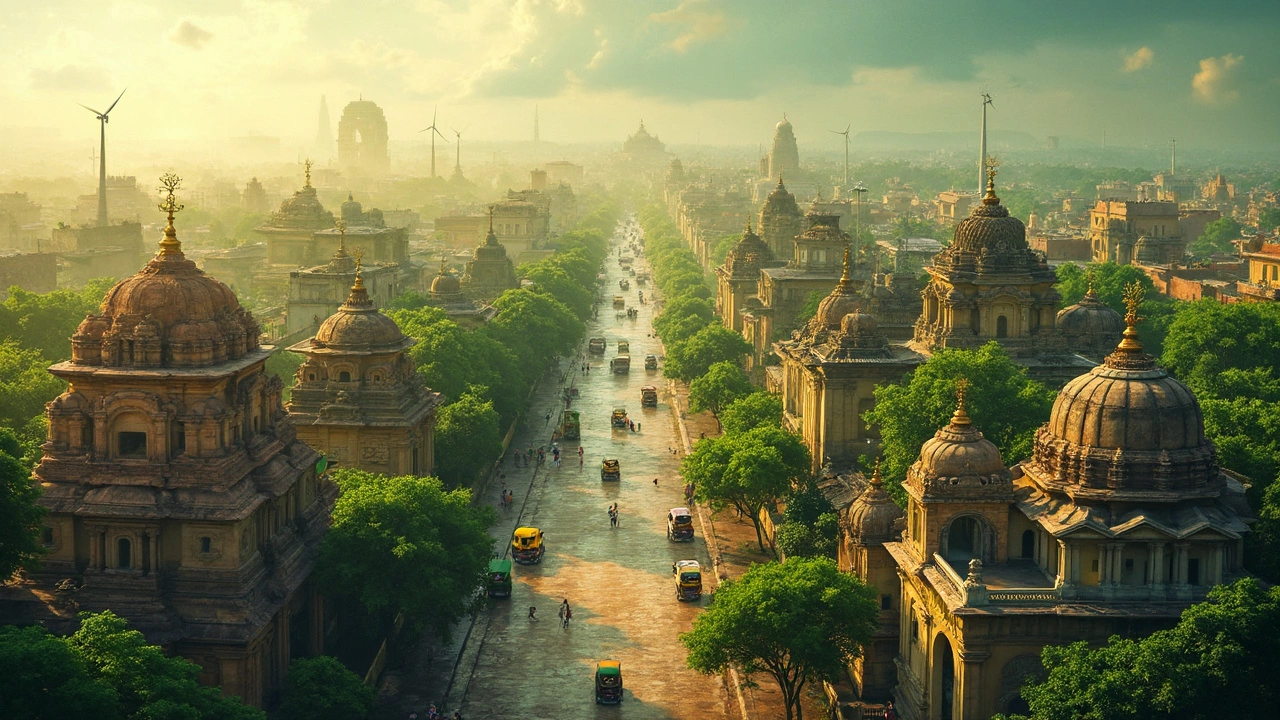100% Green Country: What It Takes and How India Is Moving Toward It
A 100% green country, a nation powered entirely by renewable sources with zero net carbon emissions. Also known as a net-zero country, it doesn’t just use clean energy—it redesigns its entire economy around sustainability, from how electricity is made to how food is grown and waste is handled. This isn’t a fantasy. It’s a practical goal, and India is already on the path.
What makes a country truly green? It’s not just solar panels on rooftops. It’s wind power, the cleanest energy source based on emissions, land use, and lifecycle impact running across rural plains. It’s solar energy, the fastest-growing energy source in 2025, adding more capacity than all others combined lighting up villages that never had electricity. It’s public health programs cutting air pollution by banning open burning, and biotechnology replacing fossil-based plastics with bio-based materials. These aren’t separate efforts—they’re parts of the same system.
Being 100% green means fixing the gaps too. Technology transfer fails when local communities aren’t part of the design. Renewable energy only works if maintenance teams are trained and paid fairly. Clean energy is cheaper than coal, but only if the system supports it—grids, storage, and fair policies all matter. India’s success isn’t about one big project. It’s about hundreds of small, smart moves: a village using solar microgrids, a hospital switching to green hydrogen, a farmer using biofuel instead of diesel. These are the real building blocks.
What you’ll find below are real stories from India’s front lines—how wind power beats solar in sustainability, why solar is growing faster than anything else, and how public health programs cut emissions while saving lives. No theory. No hype. Just what’s working, who’s doing it, and why it matters.




